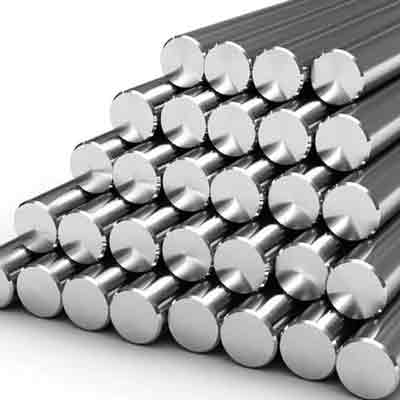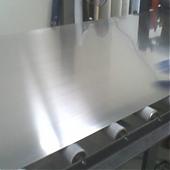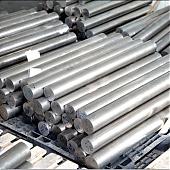Alloy Steel Grades Overview

Historical Context and Technological Advances:
-
20th Century: The social demand and technological advancements in the 20th century led to the development of a diverse range of alloy steel grades. This system includes:
- High Strength Low Alloy Steel (HSLA)
- Alloy Structural Steel
- Ultra-High Strength Steel
- Corrosion-Resistant Stainless Steel
- Heat-Resistant Steel
- Tool Steel
- Die Steel
- Bearing Steel
-
21st Century: Entering the 21st century, the demand for high-performance, long-service-life, and cost-effective alloy steels has increased across various sectors, including:
- High-rise buildings
- Deep underground and marine facilities
- Large-span bridges
- Lightweight, fuel-efficient vehicles
- Oil drilling and long-distance pipelines
- Military vessels
- Aerospace and high-speed rail infrastructure
Advancements in Alloy Steel Production:
- Modern advancements have enhanced the properties of alloy steels through improved smelting techniques, continuous casting, high-precision rolling, controlled rolling, controlled atmosphere heat treatment, and online testing.
-
Key improvements include:
- Enhanced cleanliness
- Uniform organization
- Refined grain structure
- Increased dimensional accuracy
Future Trends and Features:
- Refined Grain: The trend toward finer grain structures aims to enhance strength and toughness.
- High-Performance HSLA Steels: Development of higher strength HSLA steels through processes such as direct quenching and tempering.
Development Directions for Specific Alloy Steels:
-
Gear Steel:
- Oxidation Resistance: Reduce the tendency of carburized layers to oxidize by adding alloying elements with low oxidation tendencies.
- Retained Austenite Control: Manage the retained austenite content in gear steel.
- Grain Boundary Segregation: Minimize elements that segregate at grain boundaries.
- Surface Strengthening: Develop and apply shot peening technology to increase surface residual stress.
- New Gear Steel Development: Create gear steels that meet high strength, economic, and productivity requirements.
- Free-Cutting Steel: Develop free-cutting steel for efficient gear manufacturing.
-
Spring Steel:
- Improvements: Focus on advancements in smelting technology, heat treatment processes, and chemical composition.
Conclusion:
- Alloy steel grades will continue to be crucial in the steel industry’s evolution, with ongoing advancements aimed at improving performance and application versatility.
Related Products

Factory Introduction
Cold-Rolled vs. Hot-Rolled Stainless Steel Sheets
Jaway Steel: Your Premier Partner for Premium Stainless Steel Products